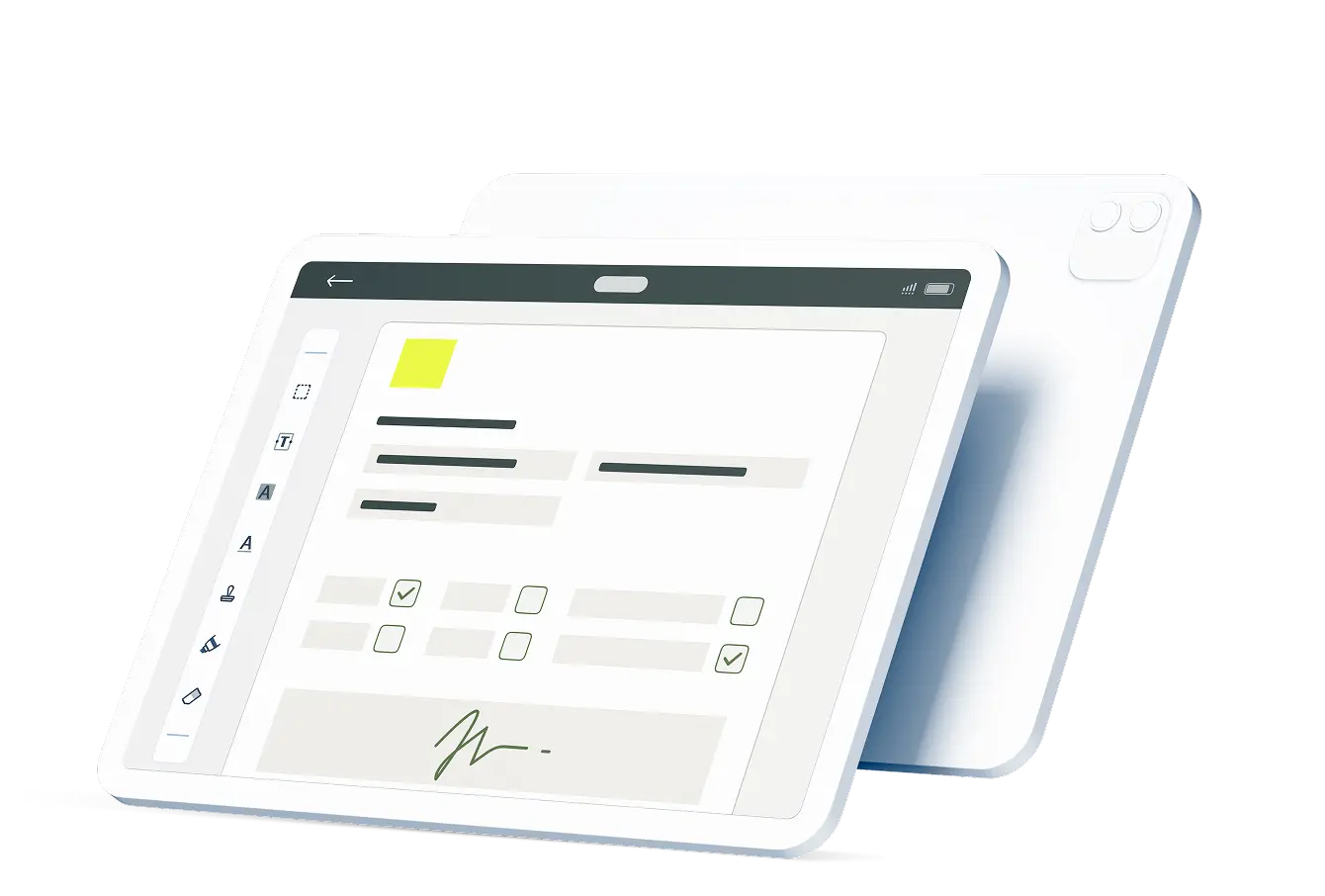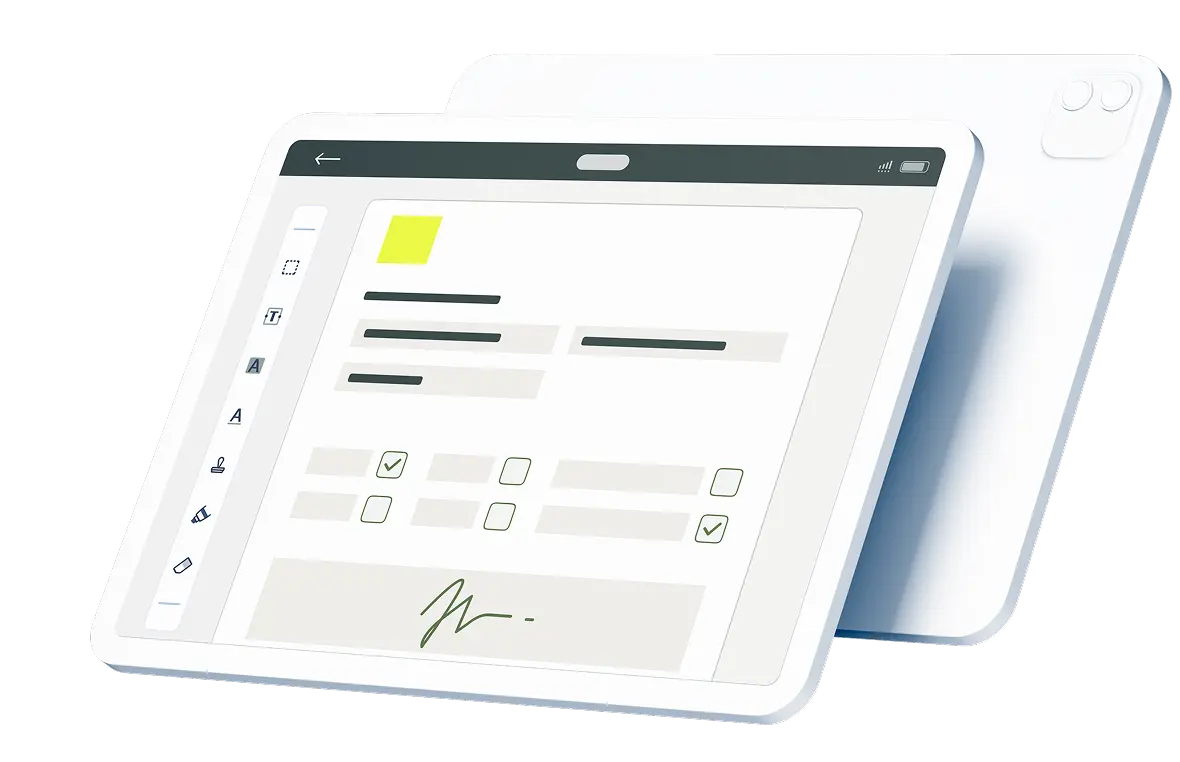A checklist can be a simple way to guide employees through regular equipment inspections. For a predictive maintenance checklist to be of the most use, responses to items should influence workflows and allow for a proactive approach to repairing and maintaining assets.
Contents:
The Basics of Predictive and Preventive Maintenance
Predictive maintenance refers to maintenance undertaken in anticipation of issues that could arise. When employees regularly inspect the condition of equipment, observed patterns may indicate the need for periodic part replacements or maintenance tasks. A predictive approach may be able to prevent unexpected downtime or interruptions in productivity.
Preventive maintenance may be based on predictions of the performance of equipment based on prior operations or similar installations in other locations. It is essential to integrate a daily maintenance checklist with production and quality control initiatives. Beyond the ability to create and distribute digital checklists, one of the best features of workflow management software involves taking action in response to checklist data.
Plan a Preventive Maintenance Checklist
It is important to consider the current and potential future condition of assets when making a checklist for use in preventive maintenance. The following elements of condition-based maintenance form the basis for a preventive or predictive checklist:
- Facility Condition: The condition of the factory, warehouse or worksite
- Exterior Condition: The external appearance of equipment such as machinery
- Interior Condition: The status of internal components of machinery or other assets
- Machine Guards: The presence and function of guards intended to promote safety
- Posted Indicators: The presence and visibility of use guidelines and warning signs
Condition-based maintenance factors in the condition, age and operational hours of machinery, including the distance traveled by fleet vehicles. You may prefer to start with a maintenance checklist template designed for a particular industry.
Employers and supervisors should plan ahead to determine which equipment or facilities require inspections, the frequency with which checklists should be completed and submitted, and the items that checklists will cover. The complexity of inspections and upkeep may call for the creation of more than one checklist for different types of machinery or multiple facilities.
Digitize a Predictive Maintenance Checklist
Checklists have been a part of workflows in industries such as manufacturing, construction and field services for many years. In recent decades, advances in portable technology have made it possible to create, distribute and fill out digital checklists.
Digital checklists have several advantages over paper checklists. These checklists are easier to fill out with taps and text entry. The leading field inspections software enables workers in the field to complete these forms offline and submit documents as soon as a connection is restored.
The advantages of digitizing checklists along with other parts of workflows also extend to audit trails for accountability. Every checklist is stored, making it possible to pull up a preventive maintenance checklist PDF if necessary to function as proof of inspection or ensure the recommended maintenance measures were taken.
Implement Checklists in Workflows and Processes
Checklists can serve as an important part of workflows. In addition to a maintenance checklist with an emphasis on preventive maintenance, a company may also use documents that take a long-term approach for predictive insights.
Employees and supervisors in the field or on the factory floor who conduct inspections should be trained to perform this task. An employee who has not received the requisite training may not be able to accurately report potential issues that arise with equipment or in a facility. This is true for daily and long-term inspections of assets.
There are several ways to ensure that checklists are completed by trained personnel. A workflow management solution with advanced document distribution and privacy controls can enable an employer to only make checklists available to qualified users. It is also customary to require that inspectors print and sign these documents for reasons of accountability.
Checklists That Prioritize Prevention
The items on a checklist will determine the time frame of its focus. The goal of a pre-operational checklist is to ensure that equipment is ready for use at all times. These checklists may have a preventive focus, but predictive maintenance is more likely to be scheduled in advance at times based on the expected needs of equipment or assets.
It is important to monitor the condition of equipment in order to obtain meaningful insights for predicting when maintenance should occur. Manuals or information provided with equipment may provide manufacturer’s recommendations, which can serve as a basis for a preventive program.
The ability to monitor and track workflows can be valuable when it comes to identifying patterns in equipment and facilities maintenance, when preventable problems are likely to arise, and points at which wear and tear may require component replacement. The ability to anticipate issues may save time and money on reactive or emergency repairs and keep operations on schedule.
Act On Feedback in Checklists
When employees identify equipment that is in less than optimal condition, it is important that this check lead directly to necessary maintenance. Awareness of existing or potential problems is only the first step toward predictive or preventive maintenance. It may be necessary to follow immediate shutdown, lockout and repair procedures, which could also call for the use of further checklists.
One of the major issues with paper checklists is that these documents were easy for field or office staff to lose or file away without acting on responses. Digital checklists that are fully integrated with a workflow management system can add maintenance measures or other tasks to a schedule at a time that will minimize operational disruption. It may also be possible to base maintenance on readings from equipment or other automated checks.
Over time, an enterprise may need to update a predictive maintenance checklist. Whether machinery gets upgraded or replaced or continues running over time, it may be necessary to adjust checklist items or perform more frequent checks to ensure that equipment, facilities and other assets are in good condition and that no predictable issues are likely to arise. The time and effort that goes into this process will pay off by preventing unnecessary delays.

